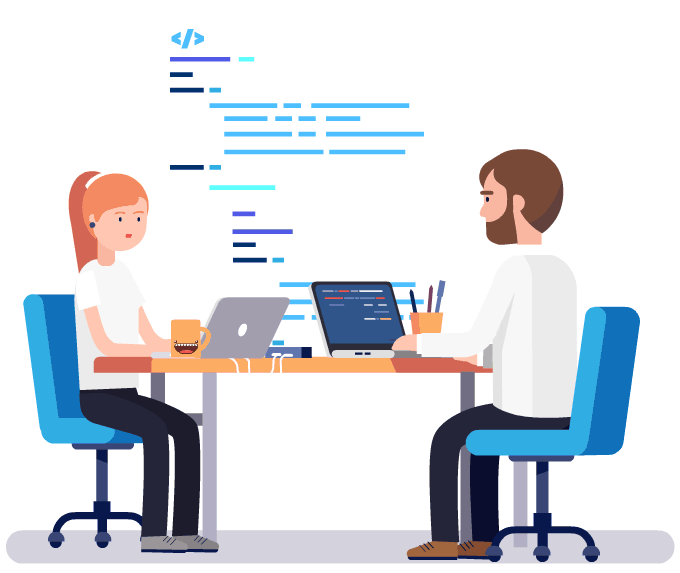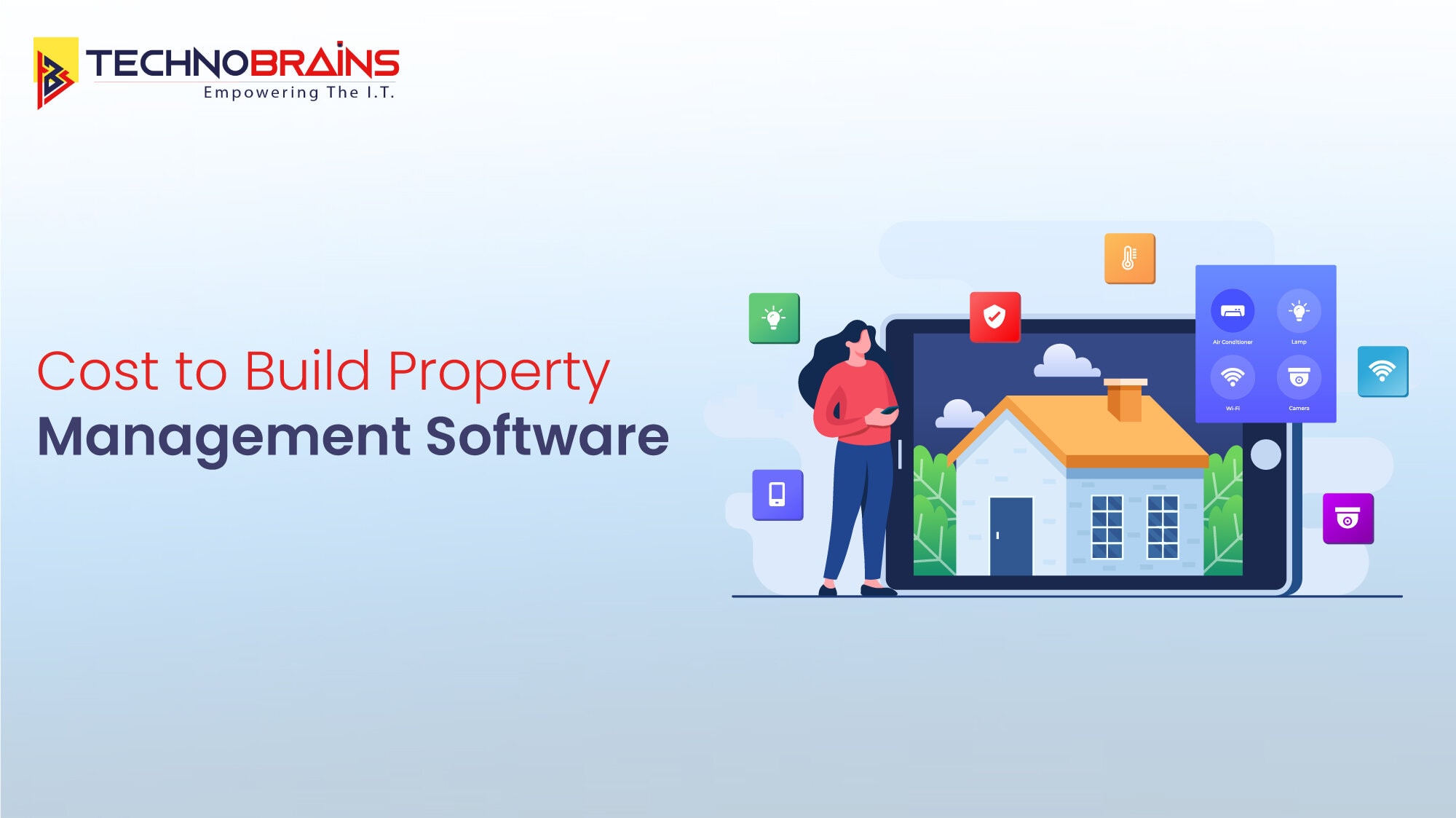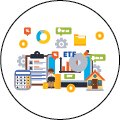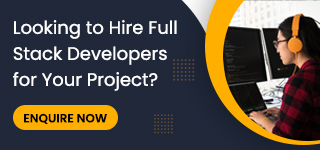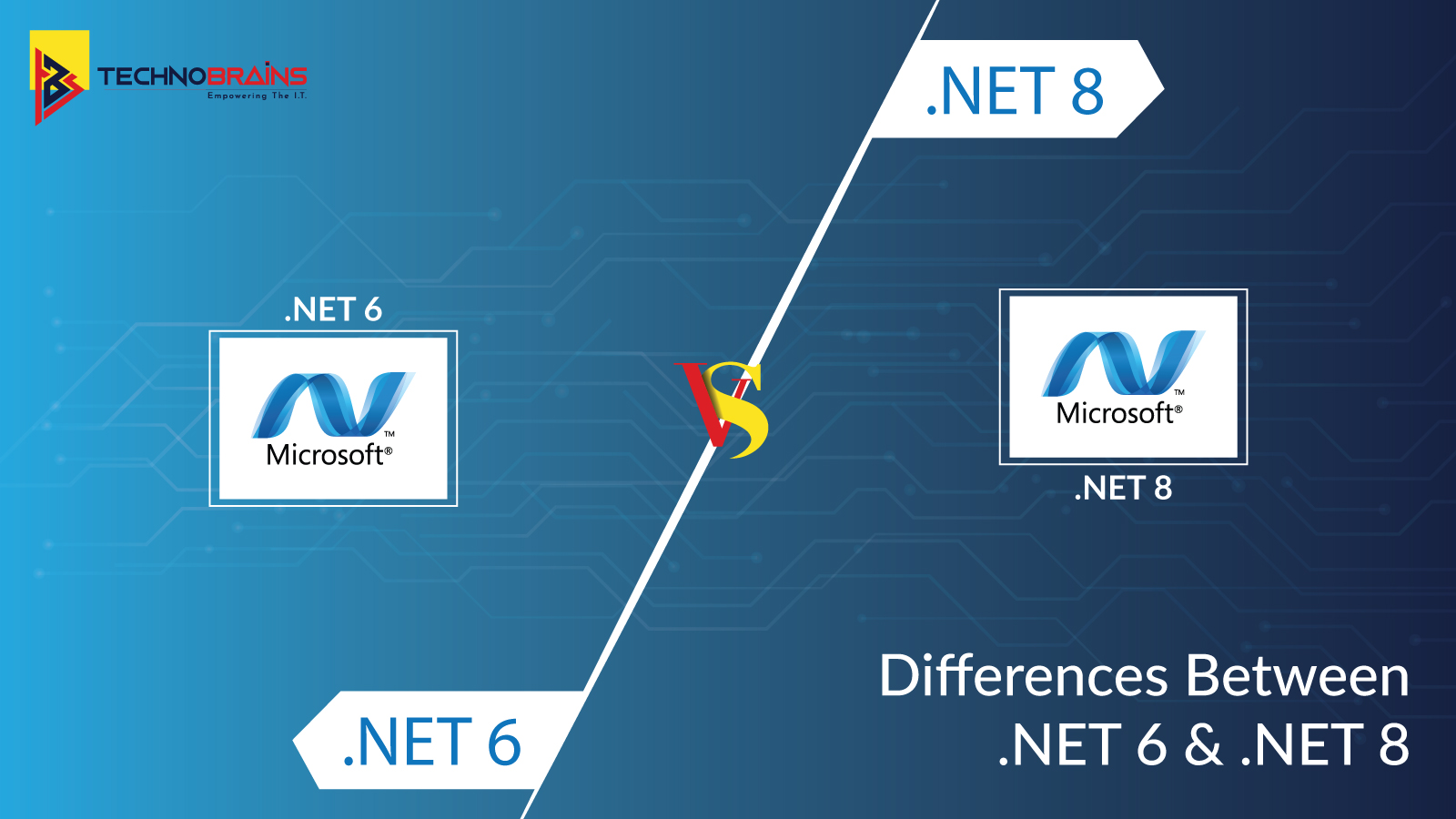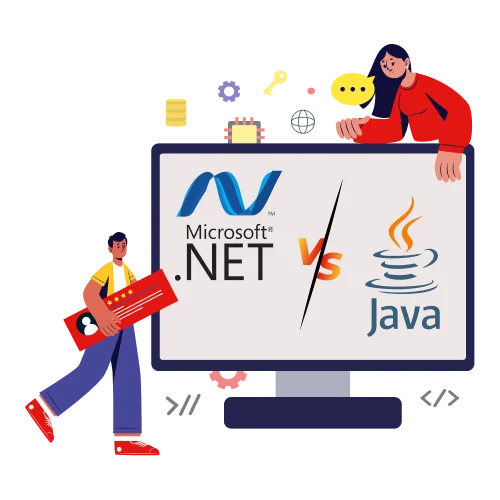Get 40 Hours Free Developer Trial
Test Our Developers for 40 Hours at No Cost - Start Your Free Trial →
As the new and advanced tech is coming these past years It might not be an easy task to develop property management software that can help you make a better decision on where indeed you should shell out your budget. As explained below, some of the primary elements that affect the development cost of property management software are:
Factors Affecting Property Management Software Development Cost
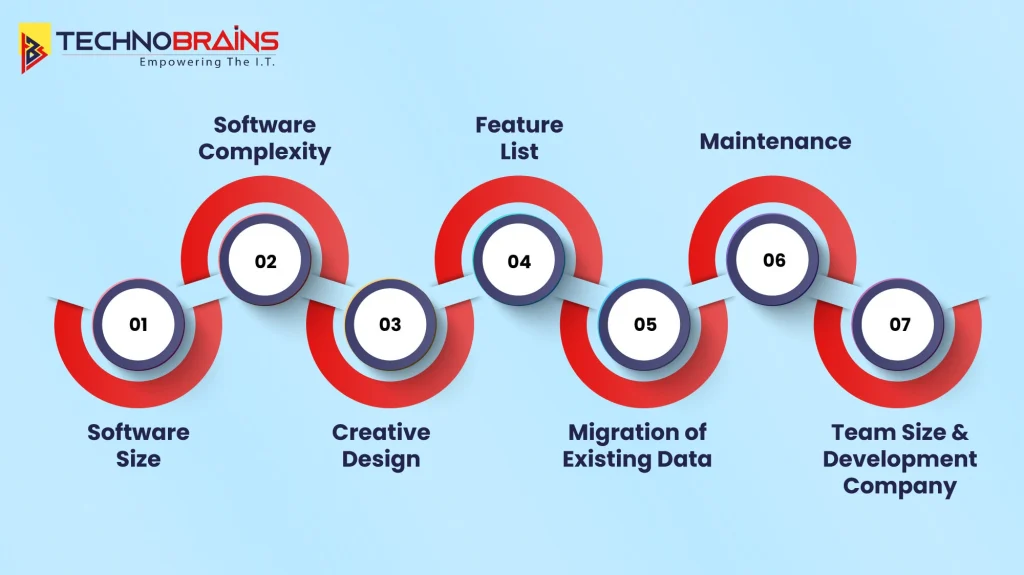
Are you planning for property management software, then you must know the different factors that influence property management software development cost. From the size and complexity of the software down to design and further maintenance. This will also help you understand the features of property management software.
1. Software Size
The size of software usually refers to the features involved and the scale of the application. A small tool with only one purpose is going to be delegation at a way lesser cost than some comprehensive, multi-functional platforms.
- Basic Software: This could involve core features such as tenant management and lease tracking.
- Advanced Software: This will then offer integrated accounting, detailed reporting, and automated notifications among others.
- Cost Impacts: The larger a software project is, the more development time and resources it requires, thereby increasing its overall cost.
Read Also, Different Types of Property Management Software
2. Software Complexity
The complexity refers to how intricate the design and functionality of the software are. The more complex software would then require advanced programming and design, hence increasing the cost.
- Practical use: Simple applications would include basic property management, such as rent collection and maintenance requests.
- Integration of AI: Complex applications will be characterized by AI-driven analytics, advanced security features, and multi-platform compatibility.
- Cost Implications: The higher the complexity, the greater the development time and expertise required, and hence, the higher the costs.
3. Creative Design
It affects how easy the software is to use and also its aesthetic value. Creative design takes elements from user interface and user experience design.
- Basic Design: Simple, functional interfaces.
- Custom Design: The creation of unique, intuitive, and engaging interfaces to meet all user needs.
- Keep Cost-Effective: Better quality in design improves user satisfaction and also increases the cost of development.
4. Feature List
A range of features will greatly influence the cost of the property management software. Here are some factors to consider.
- Key Features: Tenant Management, Lease Tracking, Maintenance Scheduling.
- Advanced Features: Paid payment processing, automatic renewal of leases, and enhanced reporting.
- Cost Impact: More features mean the addition of more development work, hence more cost.
5. Migration of Existing Data
Another important consideration when transitioning from an existing system to new property management software is data migration.
- Simple Migration: the migration of simple things like tenant contact information and lease details.
- Complex Migration: Transferring complex historical data, data merging with other systems, and safeguarding the integrity of the data.
- Cost Implications: Data migration can be time-consuming and very expensive, especially if the data is voluminous or very disorganized.
6. Maintenance
Maintenance has to be generated post-launch to keep the software up-to-date and running.
- Basic Maintenance: It provides regular updates, bug fixes, and minor improvements.
- Comprehensive Maintenance: Ensured regular updates, comprehensive bug fixes, performance optimizations, and rollouts of the following features.
- Cost Impact: Regular maintenance ensures longevity, which could increase the total cost of ownership.
7. Team Size & Development Company
The scale and quality of the development team can tremendously determine the cost of building property management software.
- Small teams: Some bring down the cost but the resources made available can be less flexible or slower to quickly resolve an issue.
- Large Teams: In general, they will be more experienced, and use more resources. This can come with greater costs, potentially, but time to delivery might be faster, yielding more robust solutions.
- Cost Implications: The company chosen for development and the size of the team affect the overall property management software pricing since a larger team or more specialized team would be costlier.
Read Also, Ultimate Guide to Property Management Software
Conclusion
The cost to build property management software ranges from the software’s comprehensiveness, size and complexity, down to the level of design, and continuous maintenance. Prepare a careful match of these items to your budget to prepare a solution matching your needs with long-term returns on investment. Understanding these elements will help you go through the development process with ease, without mistakes, and make sure to invest wisely in a property management system that supports your business goals. For a top-notch property management software development company, choose TechnoBrains for expert solutions tailored to your needs.
Still stuck with questions? Contact Us today and get all your solutions here.
